During his formative period, Teerlink was a member of the Dordrecht Drawing and Painting Society from 1805 to 1807. In 1807, he won the Prix de Rome as an artist appointed by the French state. He stayed in Paris for 18 months under the artistic tuition of Jacques-Louis David, completing his training in 1808. In France, he devoted himself to literary activities, cultivating, alongside painting, his passion for poetry, particularly in French. In 1810, he moved to Rome to complete his artistic and literary training. Although he maintained important contacts with Holland and the Dutch court throughout his life, he remained living in Rome with his wife until his death in 1857. He was a renowned landscape painter with an international approach; even though he lived in Rome, he continued throughout his life to exhibit his works also in the Netherlands and the United Kingdom. As a result, his works were widely distributed in these countries. He was highly regarded in Holland for his work, but also for his role as a scholar and ambassador of Dutch culture and art. In 1839, King William I of Holland appointed him a Knight of the Order of the Dutch Lion, the country's highest distinction. He had a romantic vision of the Italian landscape in a context somewhat common with the work of Jakob Philipp Hackert and his compatriot Joseph August Knip who lived in Rome in the second decade of the 19th century. From an artistic point of view, the most valuable trait, as the most distinguished scholars have pointed out, is the essential contribution made by T. to the birth of the 19th-century "macchia". Thanks to his cultural background, dating back to the Dutch "luminism" of the 17th century, filtered through outdoor observation in a "pure color-light realism", T. paved the way for the affirmation of the "macchia" and, with it, for the pictorial revolution of the 19th century (see Corrado Maltese in: "Il Momento Unitario della Pittura italiana nell'800" - Bollettino d'Arte, IV series, 1954). He participated in the artistic milieu of his time, associating with Vincenzo Camuccini, Massimo D'Azeglio, Pietro Tenerari, G.B.Canevari, Bertel Thorswalden and others who animated the culture and artistic scenario of that period. He was a member of the Royal Academy of Art in Amsterdam and a professor at the Accademia San Luca. He had more than 150 students during his career. He was a collector and expert in Dutch and Italian painting and sculpture. He is buried in Rome in the Church of San Carlo and a bas-relief with an epigraph on the left nave of the church is dedicated to his memory. Abraham Teerlink left numerous studies and personal works that have been preserved unified over the last two centuries. The heritage is preserved and protected in Italy and abroad thanks to the activities of the homonymous Foundation. Provenance: private estate in Rome.
Literature: Thieme/Becker, XXXII, 1938, 500; Benedict; Scheen II, 1970, Wikipedia, Teerlink Foundation website.
Inscription: Signed lower right: A.Teerlink fecit (in English: painted by).
Medium: Oil on canvas. Luxurious period gold-plated frame.
Dimensions: Unframed W 30 3/4" x H 22 1/4" (78 x 56.5 cm), Framed W 38 1/4" x H 29 3/4" (97 x 75.5 cm)
Condition: In good condition, the canvas has been professionally refinished.

























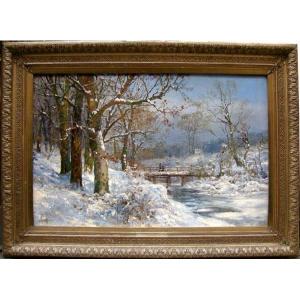
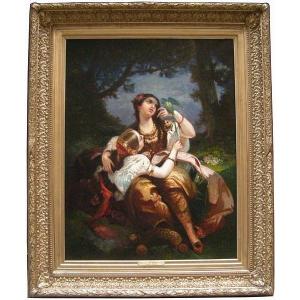
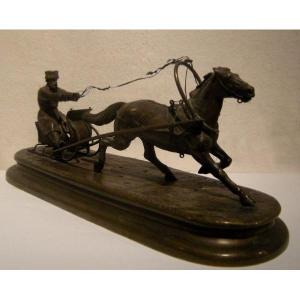

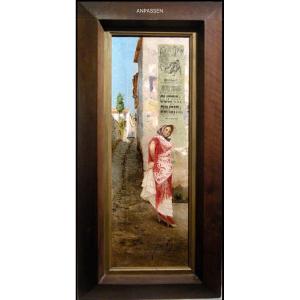

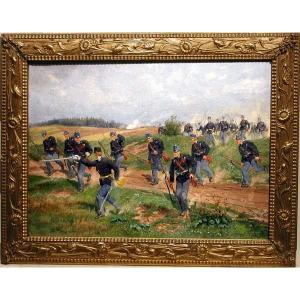


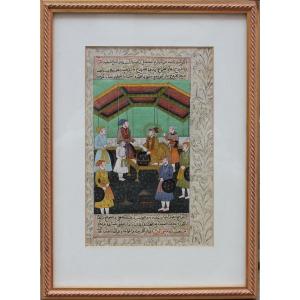
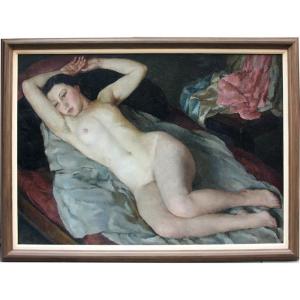


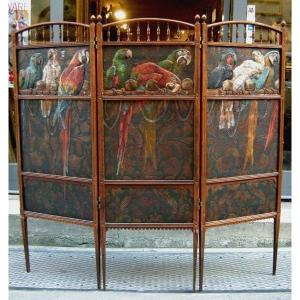

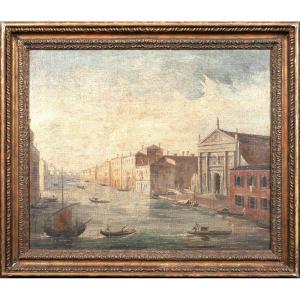



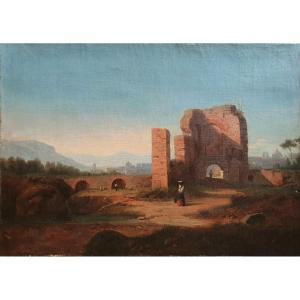



 Le Magazine de PROANTIC
Le Magazine de PROANTIC TRÉSORS Magazine
TRÉSORS Magazine Rivista Artiquariato
Rivista Artiquariato